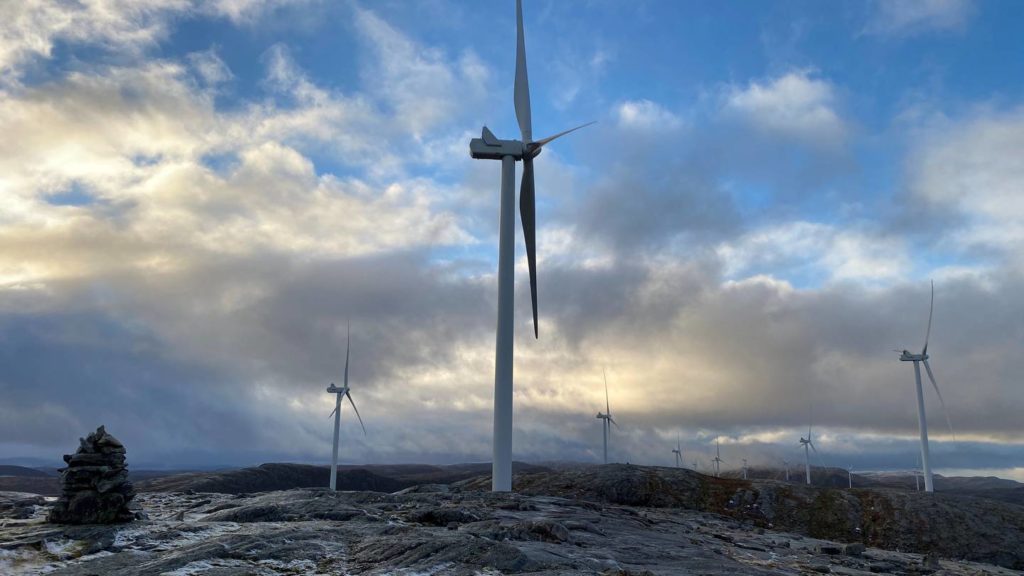Headlines about rising prices are everywhere at the moment – for food, fuel, metals, medicine, computer chips and much more.
The European Trading Scheme began in 2005, and obliges large greenhouse gas emitters, such as power plants, factories and airlines, to hold an allowance for each tonne of carbon dioxide they release.
It is intended to penalise polluters and encourage them to shift to lower-carbon technologies, for instance by replacing a coal power plant with solar and wind, or an oil boiler with gas or electric heating.
In fact, the archetype of the ETS was introduced by the US in 1990 to cap emissions of sulphur dioxide, which causes acid rain.
It was undercut by more prescriptive rules such as renewable energy targets, by free allocations to big polluters and by the release of “hot air” from permits that exceeded what emissions would have been anyway.
But in 2018, the rules were tightened and prices started rising.
When gas prices were relatively low, the ETS price would find the level that encouraged power plants to switch from dirty coal to much cleaner gas.
But now, gas prices are too expensive to be preferred to coal – it would need a carbon price of €300 per tonne to equalise them.
There is a speculative element too to the price jump, as the EU’s plans to slash emissions to 61 per cent below 1990 levels by 2030 imply a sharp reduction in allowances from 2025 onwards.
Several other jurisdictions have carbon prices, such as some north-eastern US states and California, Canada, South Korea, Japan and China.
But to protect its industries from competition from countries without strong carbon pricing, the EU intends to bring in a carbon border tariff from 2023, which will apply to energy-intensive materials such as steel, aluminium and fertilisers.
Secondly, the tariff will drive major shifts of energy use within the EU.
Efficiency retrofits will reduce overall gas use, turning the attention of the gas market ever more towards Asia where it can still replace coal.
Carbon capture and storage will be viable without subsidies in many cases with carbon prices above $80 per tonne.
This all requires that Europe sticks on its course, the inevitable political backlash is overcome, and that other countries are drawn into stringent carbon pricing.
